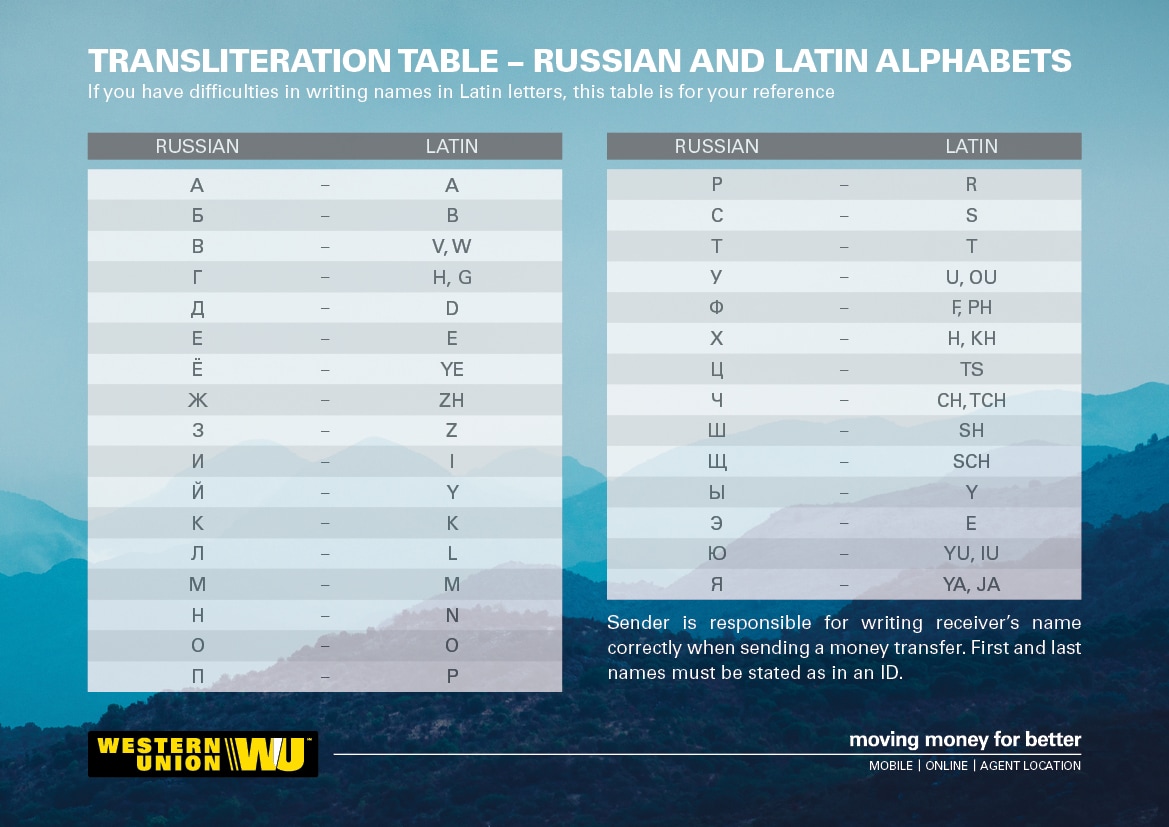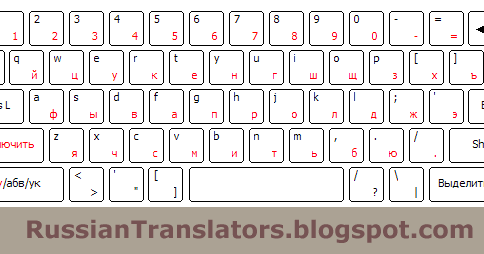

Having problems seeing the Cyrillic alphabet below? Make sure your webpage allows encoding that is set to Unicode (UTF-8) In transliteration, letters, words, syllables, or other elements of aparticular language are re- presented in another language having di fferent scripts. One might find these letters in pre-1918 Russian postal history. The ѣ (Yat) was replaced with the letters е or i for exampleĪnd the ѵ (Izhitsa) with the letters и, and ѳ (Fita) was replaced by the letter Ф. Two letters, replaced with the new orthography in 1918 in post-Revolutionary Russia, are noted below. Both are considered "silent vowels" but also aid the native speaker to pronounce the surrounding lettersĪppropriately. The hard sign (Ъ), and the soft sign (Ь). In some languages, you can hear the translation spoken aloud.
Russian to english transliteration free#
Included in the table below are two non-vocalized letters: Translate from Russian to English online - a free and easy-to-use translation tool. If your device has a microphone, you can translate spoken words and phrases. The Russian language consists of 33 letters in its alphabet, while English has 26. fv- I:- 3fe Reversible Punctuation Russian Transliteration In processing Russian scientific papers, we need to duce the original spelling of English. The transliteration of Cyrillic to English is providedīelow. Below is a summary of the main Russian and Ukrainian transliteration points to be aware of, addressing letters in the original whose transliteration is not. Transliteration is the conversion of text from one writing system to another.

A detailed analysis reveals that present-day practices of transliterating Russian into English by no means conform to these desiderata, but that they could readily be made to do so.

Barring phonetic transcriptions, this objective is doubtless best accomplished when (i) minimum use is made of extra marks and extra letter combinations that of necessity are arbitrary, unclear, and confusing to many readers, and when, of course (ii), there is only one uniform system and not a variety of varying ones. The objective of any system of transliteration is obviously to convey to the reader as closely as possible the phonetic value of the transliterated material.


 0 kommentar(er)
0 kommentar(er)
